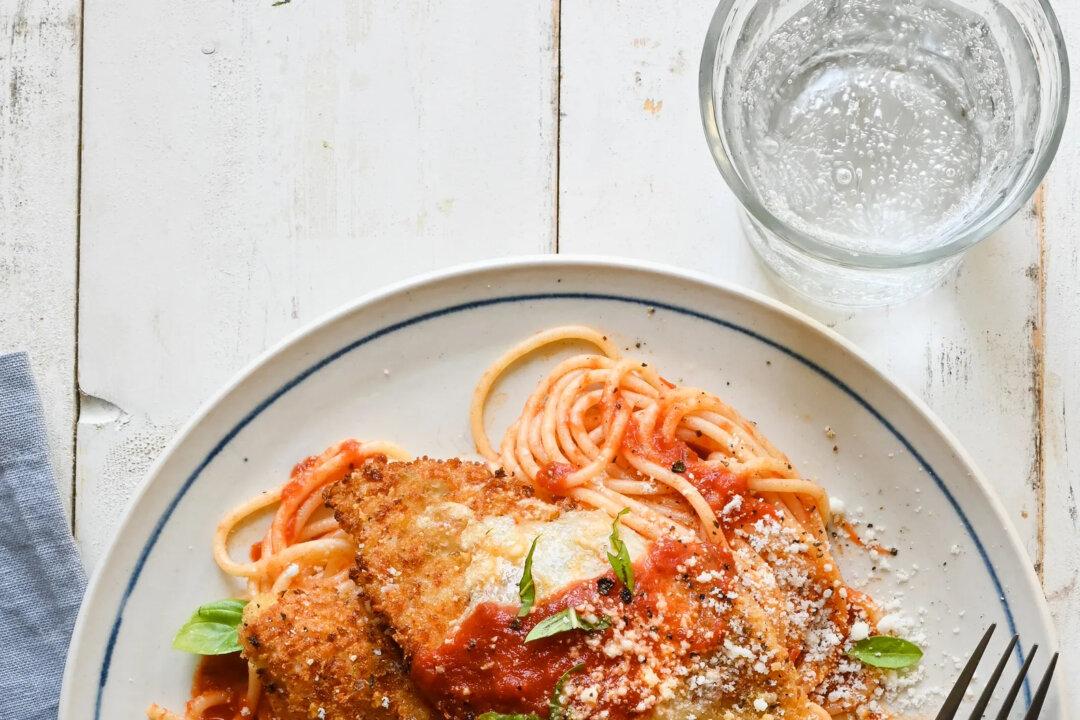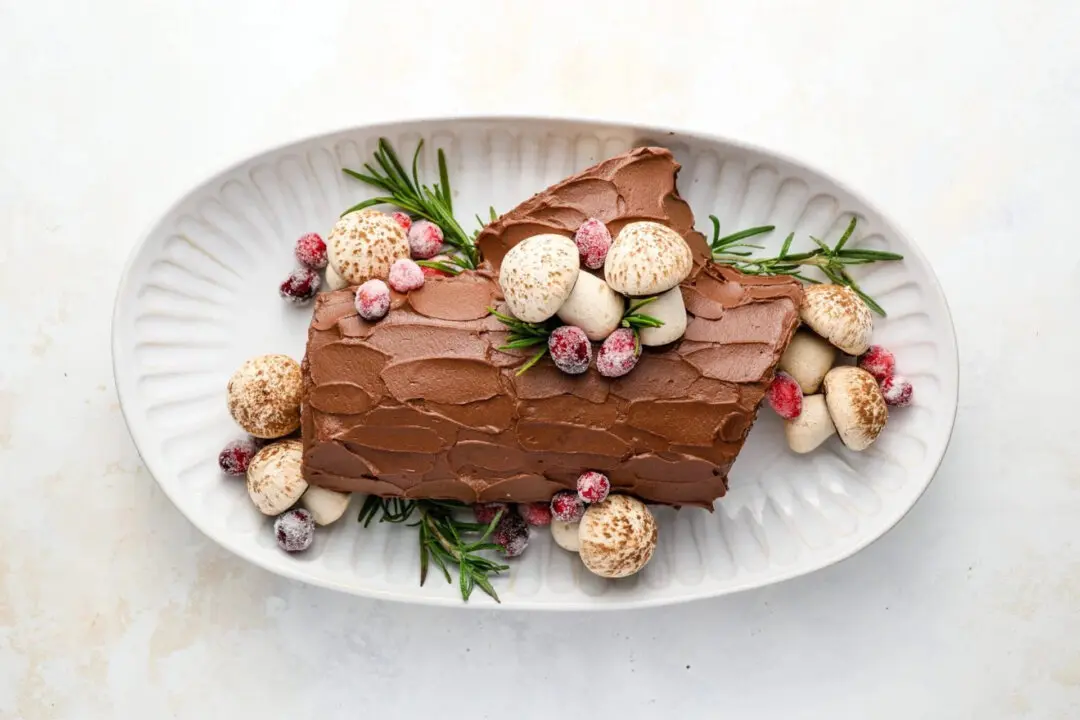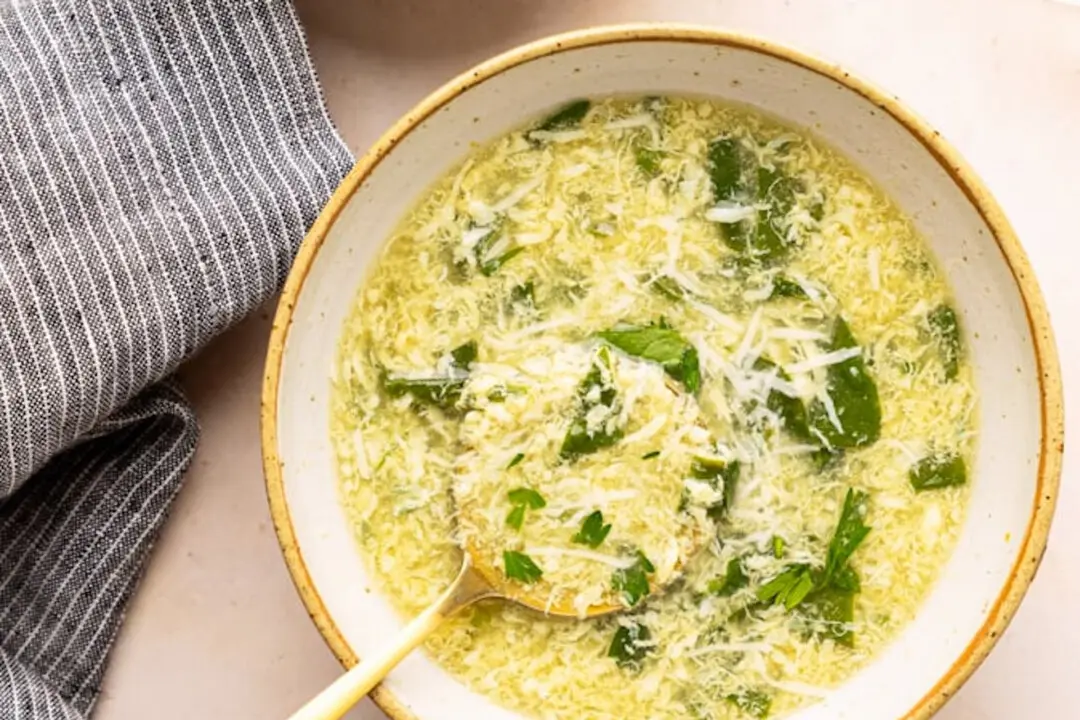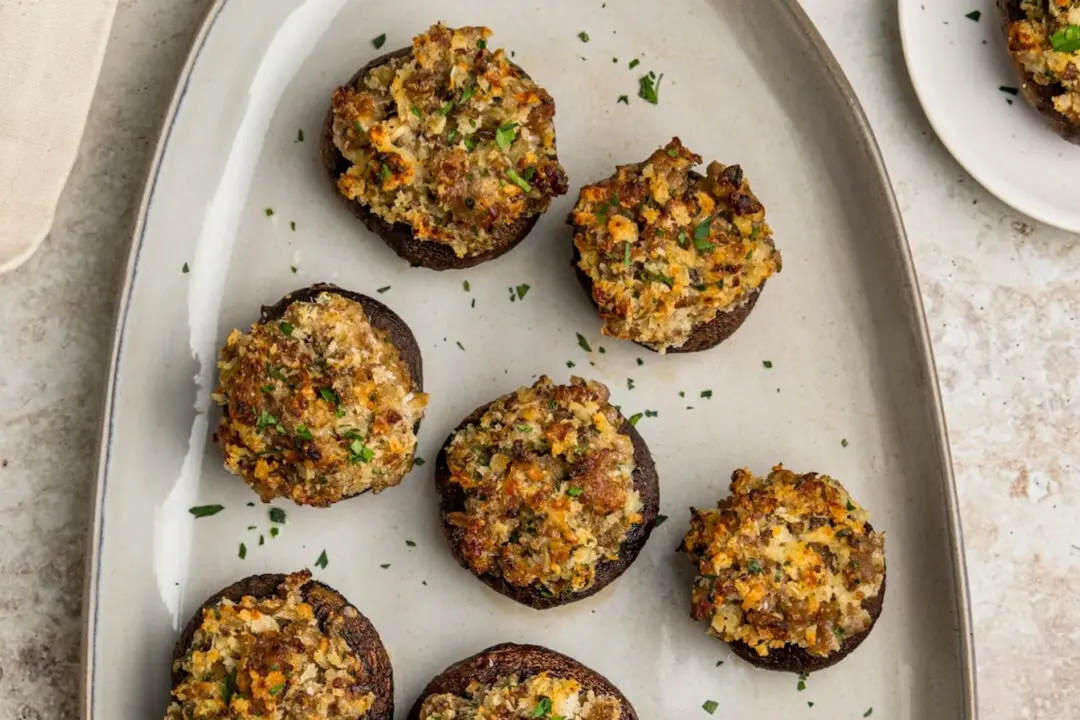View the print-ready version of this recipe.
Chicken parmesan is a major family pleaser, but the traditional recipe can be time-consuming to make. Between the homemade sauce and pounding, breading, and pan-frying the chicken — not to mention melting the cheese over the chicken in the oven — the classic preparation takes well over an hour and leaves you with a sinkful of dishes. This easy recipe incorporates a few smart shortcuts, like using good-quality jarred sauce and chicken tenderloins, making it totally doable on a weeknight. You’ll notice that I don’t smother the chicken with sauce and cheese; this keeps the crust crispy (and you can always serve more sauce on the side). Chicken parm is a great dish to serve when you have people over since much of the prep can be done ahead of time. Serve with pasta, spaghetti squash, a salad, or a roasted vegetable.





